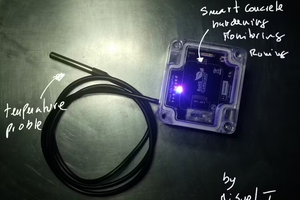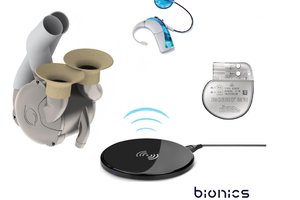Overview
A collection of autonomous devices also capable of combined operation dependent on circumstances. Each device can be configured as an input device (sensor), an output (signal) device or as both an input and output device.
Devices can communicate with a central control unit and with each other. Devices can relay information to the central control unit where the signalling device is out of range of the central control station.
The only real concern is powering some the of the sensor and signal devices where standby current is too demanding resulting in the battery requiring constant recharging. In such cases we permanently connect the sensor to the nearest power point.
In my home test setup, I can plug almost all the sensors into near by sockets.. a few did require I ran a little cable but this was considerably easier than having to cabling the entire house or use costly high current rechargeable batteries...
RCWL-0516 Microwave Radar Sensor
I have only seen demos of the RCWL-0516 device and it performs well at distances up to about five meters in all directions which should cover most rooms in my house but I can always add another sensor if required. The only concern is the frequency as some devices may vary and encroach on the WiFi frequency in extreme circumstances...
While the RCWL-0516 appears to be a perfect match for this application it has one major drawback, its quiescent current is quite high for a battery operated sensor.
Existing Tech:
May combination with my ESP WiFi Server project (currently being updated)...
Sensor Types:
Smoke/Fire, Moisture/Water, Temperature, Humidity, Noise, Motion, Intruder (Radar/IR/Inertia/Mechanical).
Signal Types:
Bell, Siren, Light, Message.
 Michael O'Toole
Michael O'Toole

 Miguel Tomas
Miguel Tomas


I would love to see ESP32 WiFi RF frontend being used as doppler motion detector instead of RCWL-0516. There are some papers on this topic: https://www.researchgate.net/publication/283649280_A_real-time_high_resolution_passive_WiFi_Doppler-radar_and_its_applications